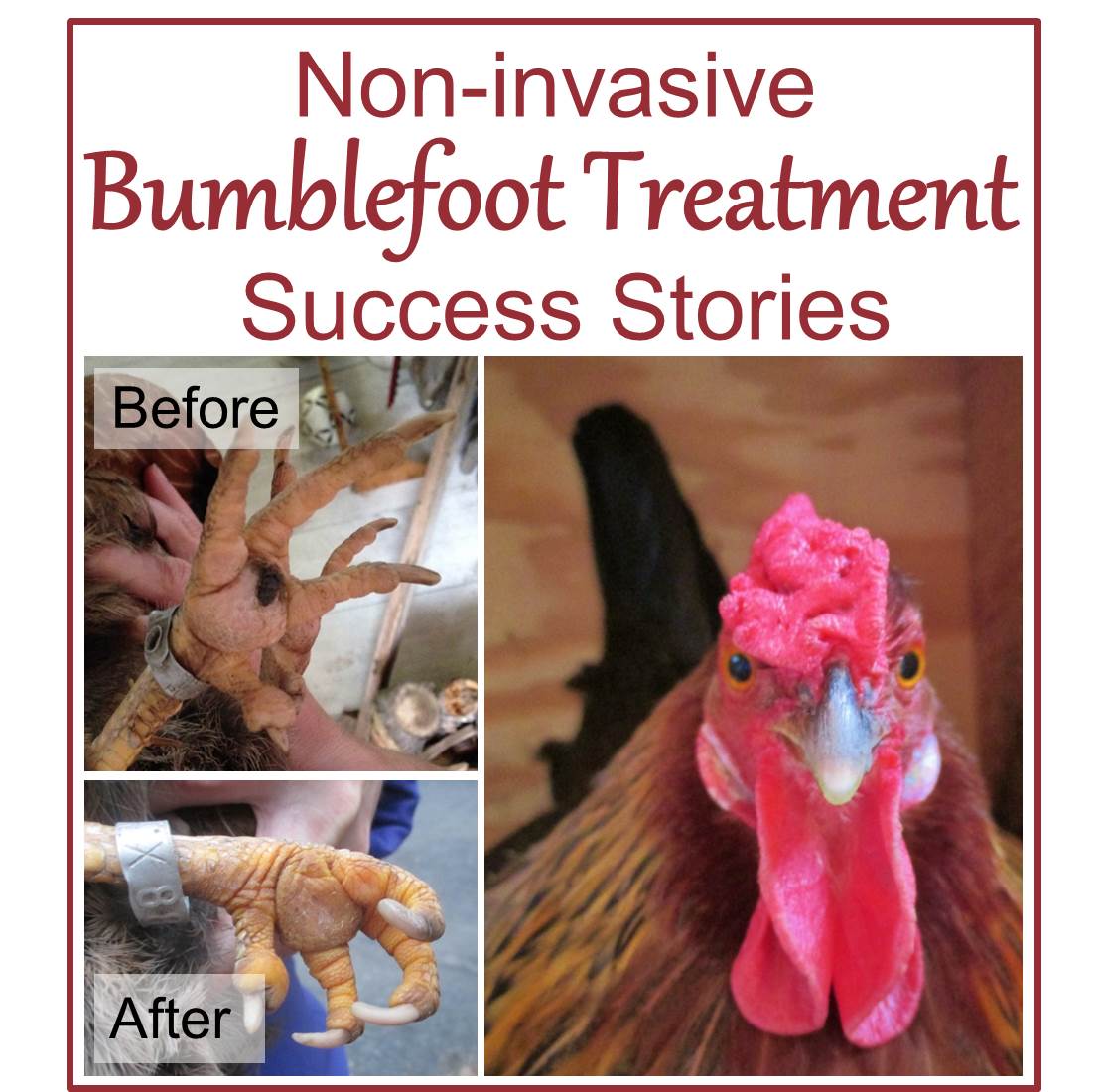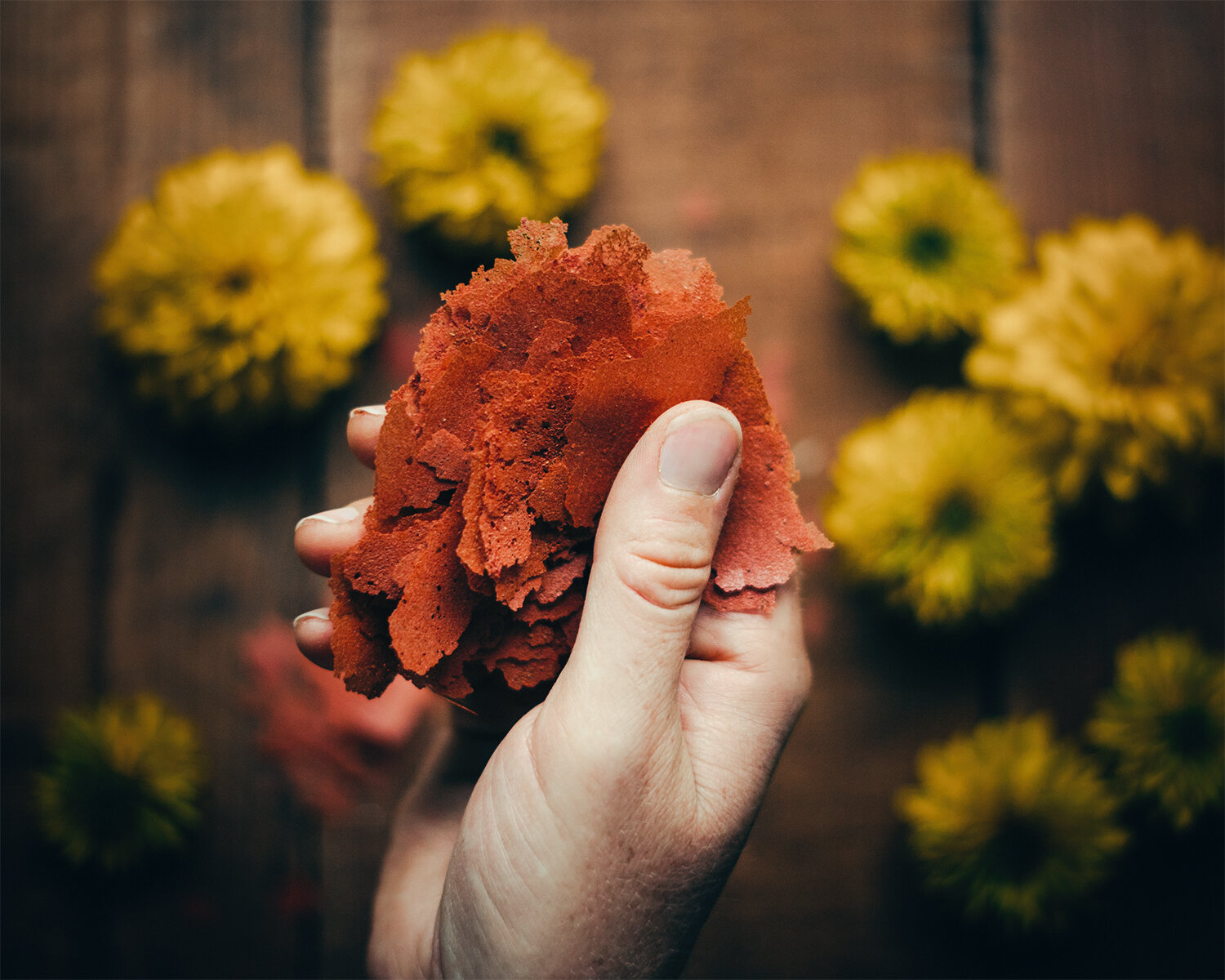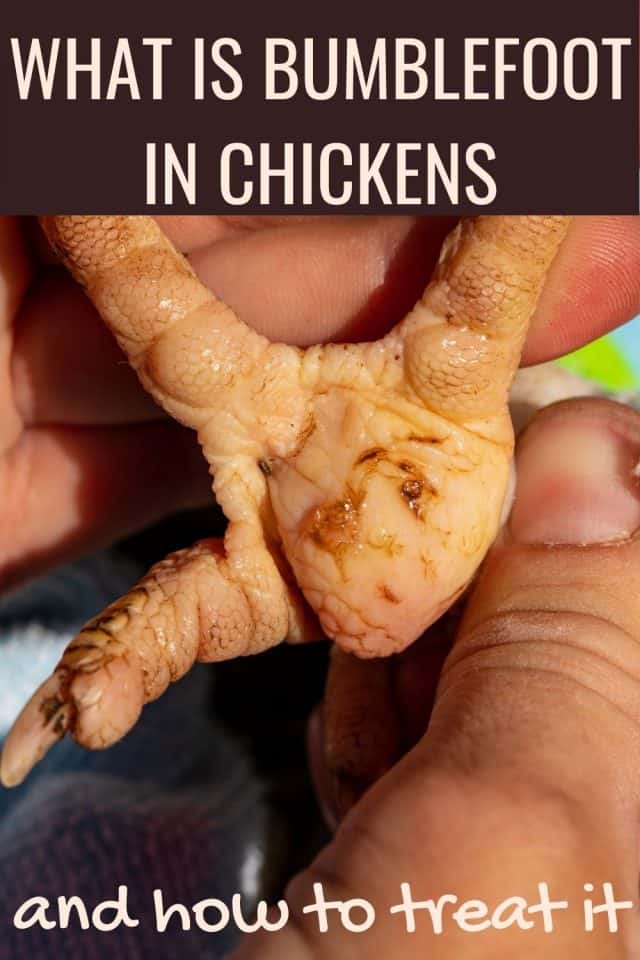Casual Tips About How To Cure Bumblefoot

Overall bumblefoot can be miserable for your hens so it is something that needs treating.
How to cure bumblefoot. Bumblefoot in chickens. A tried and true method from a chicken herbalist. The healing time for this disease depends on the severity of the infection and the healing method used.
For the most part, bumblefoot is easily preventable and simply requires dedication and proper care. Disinfect the site of the infection with an iodine solution to ensure it is clean before the surgical procedure begins wrap the chicken in a large towel. Find out how to keep your chickens healthy and free of bumblefoot with our comprehensive guide below.
The first and most important is clean, fresh bedding in the coop. If you notice the ducks still walks normally despite the infection and the infection is confined to a spot then you are lucky. It can take anywhere from a couple days to months to treat.
In this article, you’ll find out how to identify, prevent, and treat bumblefoot in ducks. Learn how you should be naturally treating bumblefoot with herbs and essential oils with ease! Common signs and symptoms of bumblefoot.
That said, there are easy ways to prevent. Healing bumblefoot is not always a quick process. Laying or sitting decrease in egg production so if you didn’t catch the bumblefoot before, you might still have a chance to save your chicken, even if the infection has progressed past the point of a superficial injury.
Ways to cure bumblefoot. Feed chickens a healthy diet to help. Since your cockatoo may struggle to stand properly when it has bumblefoot, your vet may advise using ball bandages to reduce any pain and aid in standing.
Clean the coop and bedding daily to prevent bacteria. In this article we explain everything you need to know about bumblefoot, including what it is, how to identify and treat it and how to prevent it happening… In mild cases where home care and antibiotics are prescribed, the bird can take several weeks to heal completely.
Stage 5 is pretty involved and requires a tougher approach to treating. Not every scab on a chicken’s footpad results in an infection inside the foot! First off, bumblefoot is very common in chickens and does not mean you are a bad chicken keeper!
The next thing is to check your perches for sharp edges and splinters. As the name would suggest, bumblefoot affects the feet, which can make. Infection begins forming you’ll have to look closely to identify stage 1 in chickens.
Stick with it and your chickens will heal using this method though! The first is conservative treatment, and this is generally advised when there is only a small swelling or just a suspicion of bumblefoot. Once a month, look each bird over and check their feet for early signs of bumblefoot.


















